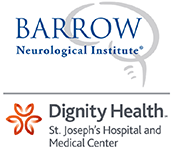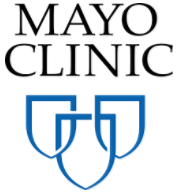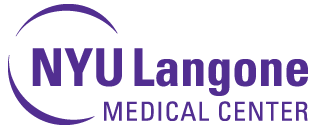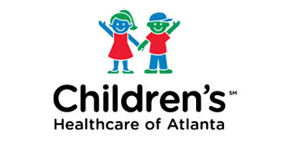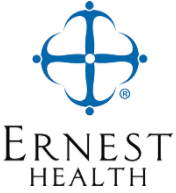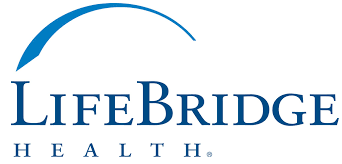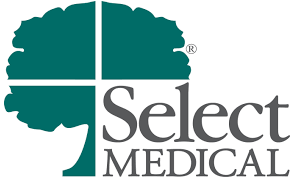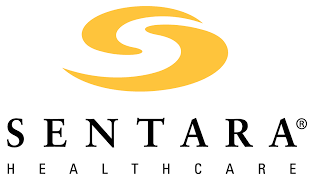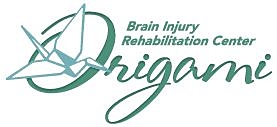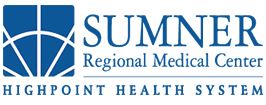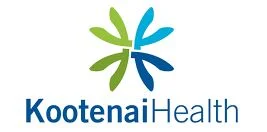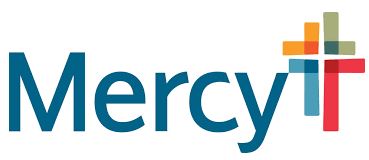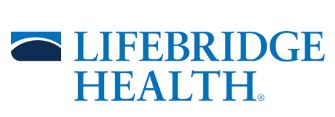REHABILITATION
OCCUPATIONAL, PHYSICAL AND SPEECH AND LANGUAGE THERAPY HAVE TRADITIONALLY BEEN A ROUTINE PART OF CARE FOR THOSE AFFECTED BY CONDITIONS SUCH
AS STROKE, TRAUMATIC BRAIN INJURY AND NEUROLOGICAL DISORDERS. MEDICAL CARE PROVIDERS ARE NOW DEVELOPING EFFECTIVE VISION REHABILITATION
TREATMENTS RESTORING VISUAL FUNCTION, ENHANCED MUSCULAR COORDINATION AND IMPROVED NEURO-MOTOR ABILITIES.
The VISION COACH has been recognized as a valuable tool for evaluation and rehabilitation in the following fields:
OCCUPATIONAL THERAPY
PHYSICAL THERAPY
VISION THERAPY
SPEECH AND LANGUAGE THERAPY
VESTIBULAR REHABILITATION
POST CONCUSSIVE REHABILITATION
DRIVER REHABILITATION
Medical studies indicate more than fifty percent of neurologically impaired individuals have vision and visual processing disorders. These problems go far beyond eyesight. As vision is the process of deriving meaning from what is seen and responding to it appropriately, improvement in visual function and visual information processing skills can enhance the quality of life for many.
Vision is the most vital source of sensory information. Research estimates eighty to eighty five percent of our perception, learning, cognition, and activities are mediated through vision.
Occupational, Physical, and Speech and Language Therapy have traditionally been a routine part of care for those affected by such conditions as stroke, traumatic brain injury or multiple sclerosis. Medical care providers are now developing effective Vision Rehabilitation treatments restoring visual function, enhanced muscular coordination and improved neuro-motor abilities.
The VISION COACH is utilized in therapy throughout the continuum of care for the assessment and treatment of various conditions such as:
BALANCE AND COORDINATION OF MOVEMENT
CENTRAL, PERIPHERAL AND SPATIAL AWARENESS
COGNITION / REVERSALS
DIVIDED ATTENTION
EYE-HAND-BODY COORDINATION
FIXATION AND LOCATION
GROSS AND FINE MOTOR SKILLS
SENSORY INTEGRATION
VISUAL ATTENTION / STAMINA
VISUAL FIELD DEFICITS
VISUAL RECOGNITION AND REACTION TIME
VISUAL SCANNING AND TRACKING
UPPER BODY RANGE OF MOTION


